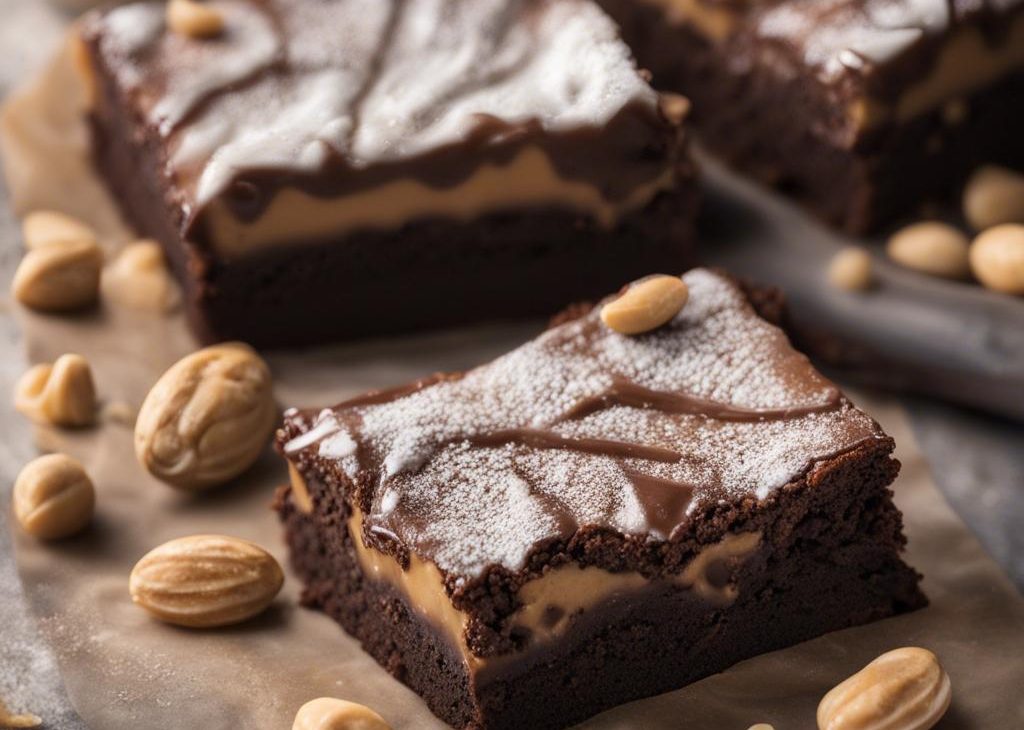


Let me teach you how to brown butter. Brown butter is melted butter with a nutty and bold flavor brought on by gently cooking it on the stove. You can use this one-ingredient wonder as a sauce or as an ingredient in endless sweet or savory recipes.
Here’s a detailed tutorial teaching you how to brown butter!
Brown butter (buerre noisette) is a classic French staple in the kitchen. It’s melted butter with an accelerated flavor brought on by gently cooking it. It’s a one-ingredient wonder, vastly improving any dish or recipe where it’s used. In less than 10 minutes, butter sizzles, foams, and gently cooks into a nutty and caramelized flavored ingredient you can use as a sauce over pasta, meat, or vegetables; or in dessert recipes like brown butter sugar cookies, brown butter apple blondies, and brown butter pound cake.
Because of its versatility (and because it’s so delicious!), browning butter is a simple kitchen skill anyone can and should master. Let me show you how.
Here are the items you need:
Browning butter is pretty quick. Place the pieces of butter in your light-colored pan. Turn the stove heat to medium. Medium heat ensures the butter cooks evenly, an important factor in the success of this easy process. Begin stirring to move the butter around as it melts. Once melted, the butter will begin to foam and sizzle around the edges. Keep stirring. In about 5–8 minutes from when you started (depending on the amount of butter you used), the butter will turn golden brown. The foam will slightly subside and the milk solids on the bottom of the pan will toast. It will smell intensely buttery, nutty, and rich.
There are only a few seconds between brown butter and burnt butter, so keep your eye on the stove the entire time. Don’t walk away and don’t stop stirring! Once some foam begins to dissolve and you notice the specks on the bottom of the pan have browned, immediately remove the pan from heat and pour the butter into a heatproof bowl to stop the cooking process. If left in the hot pan, the butter will burn. Burnt butter is bitter and unappetizing, a far cry from decadent browned butter.
Brown specks in brown butter are toasted milk solids. They’re actually where most of the flavor comes from, so make sure you scrape those out of the pan along with the liquid butter. Don’t strain out the specks. Trust me, you want it all in your recipe!
Yes. Some of the liquid evaporates during the cooking process, so always measure the brown butter after you cook it. If a recipe calls for “1/2 cup butter, melted” or “1/2 cup melted butter” and you’re using browned butter instead, make sure you have 1/2 cup (8 Tablespoons) of browned butter for the recipe. This may mean that you need to brown 8 and 1/2 or 9 Tablespoons of butter or, depending on the recipe, add a Tablespoon or 2 of milk..
You can use brown butter in mostly any recipe that calls for melted butter. See Is There a Loss of Moisture? above. If a baking recipe calls for softened butter and you want to substitute brown butter instead, make sure it cools and solidifies first. It’s likely that the baking recipe calls for creaming butter and sugar together and you can’t cream melted brown butter. See Brown Butter Chocolate Chip Cookies as an example.
Brown butter is melted butter with a nutty and bold flavor brought on by gently cooking it. You can use this one-ingredient wonder as a sauce or as an ingredient in endless sweet or savory recipes. Read success tips above and recipe Notes below before beginning.